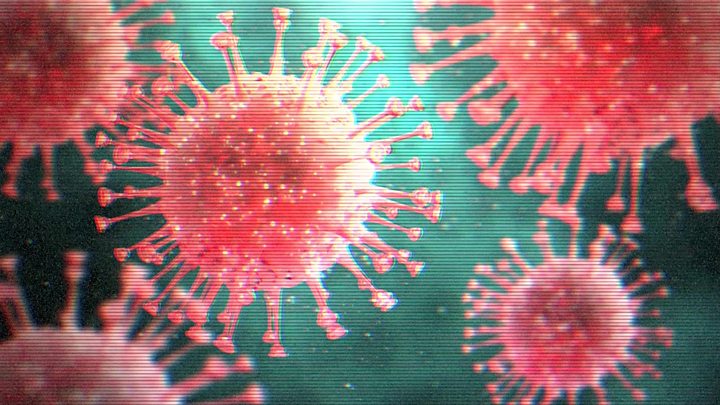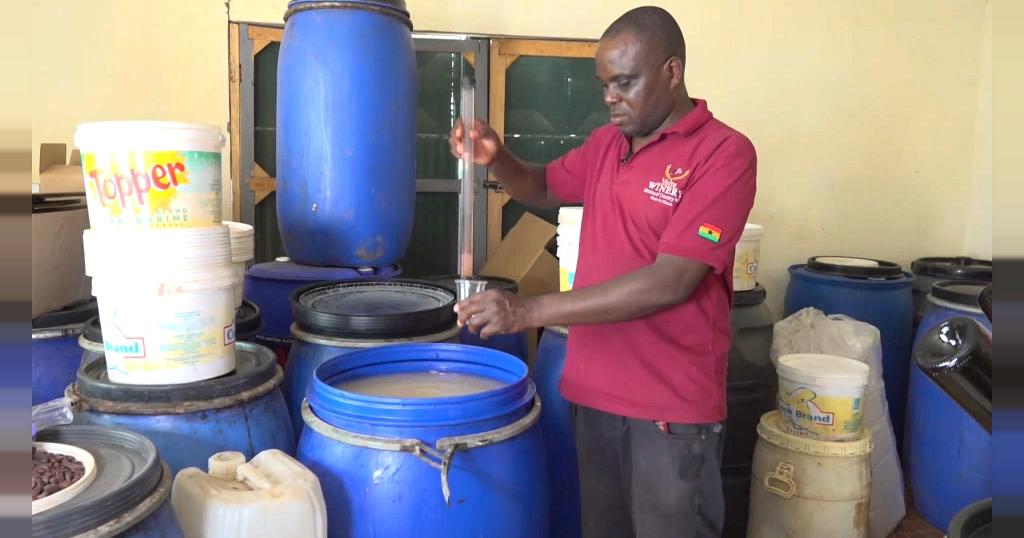Things You Didn't Know About Covid-19
By: Aska Makori
Posted on Tuesday, March 24, 2020

Corona Virus is a group of related viruses that affects mammals and birds. In the beginning, this virus caused mild respiratory infections such as common cold but soon became lethal. They were first discovered in the late 1960s but were not seen as a threat till 2003 when a lethal type of the virus, Severe Acute Respiratory Syndrome (SARS) began in Asia and affected more than 8,000 people killing more that 700. The situation was soon managed but in 2012 another type of the virus was reported in Saudi Arabia and later other parts of the world; it was named Middle East Respiratory Syndrome (MERS). It killed more than 400 people. Though fatal, these two types of Corona Viruses were not too contagious.
In December 2019, a pneumonia outbreak was reported in Wuhan, China. It was soon traced to the Corona Virus family but before doctors realized how fatal this type of Corona Virus was, it had spread globally, killing thousands of people. It was named Corona Virus Disease 2019 (COVID-19). On 11th March 2020, the World Health Organization (WHO), declared COVID-19 a pandemic with over 118,000 cases of infection in over 110 countries.
COVID-19 is a new stain of Corona Virus that has not been previously identified in humans. The virus is found in respiratory droplets and can be spread when a person comes in contact with droplets from an infected person. When a person coughs or sneezes, it takes about 10 feet before it drops to the ground and is no longer airborne. If the droplet falls on a metal surface, it will live for at least 12 hours. If it falls on fabric, it can live for 6 to 12 hours. When one comes in contact with these surfaces the virus lives in their hands, for 5 to 10 minutes and this is why we are advised to wash our hands thoroughly with soap and water just in case we subconsciously touch our faces and contact it. Also, if possible, avoid touching your face.

Through research, doctors have been able to identified signs and symptoms that are associated with it. To begin with, sputum and runny nose are symptoms of common cold, not COVID-19.
- The disease is associated with dry coughs; no runny nose. It starts by infecting the throat leading to a sore throat that lasts 3 to 4 days
- The virus blend into a nasal fluid that enters the respiratory system; the trachea then the lungs, causing pneumonia. This takes about 5 to 6 days.
- Once it has become pneumonia, one experiences high fever and difficulty breathing. This nasal congestion is not like the normal kind; it feels like you are drowning. At this stage, one should seek immediate medical attention.
There are important things to note about COVID-19 that could save your life especially if you are not in a position to access medical assistance.
- This new virus is not heat resistant and can be killed by a temperature of just 26/27 degrees; it can’t survive in the sun.
- Normal laundry detergents will kill it.
- Avoid drinking liquids with ice; drinking warm water is effective for all viruses.
- Gargle on a solution of salt in warm water to soothe a sore throat then drink plenty of water to stay hydrated.
According to the Center of Disease Control and Prevention (CDC), the incubation period for COVID-19 is somewhere between 2 to 14 days of exposure. By the time one has fever, coughs or goes to the hospital, the lung is usually 50% damaged; this could be too late. Experts have provided a simple check up routine for one to know whether they are infected by the virus. Every Morning when you wake up, take a deep breath and hold it for over 10 seconds. If you complete this routine without coughing or any form of discomfort, chances are, you are not infected.
It is important to note that sanitizers are effective but not as effective as soap and water. Also, if you are in a position to stay at home, do so. This way, you have 99% chances of not coming into contamination or if infected, not spreading the disease.







